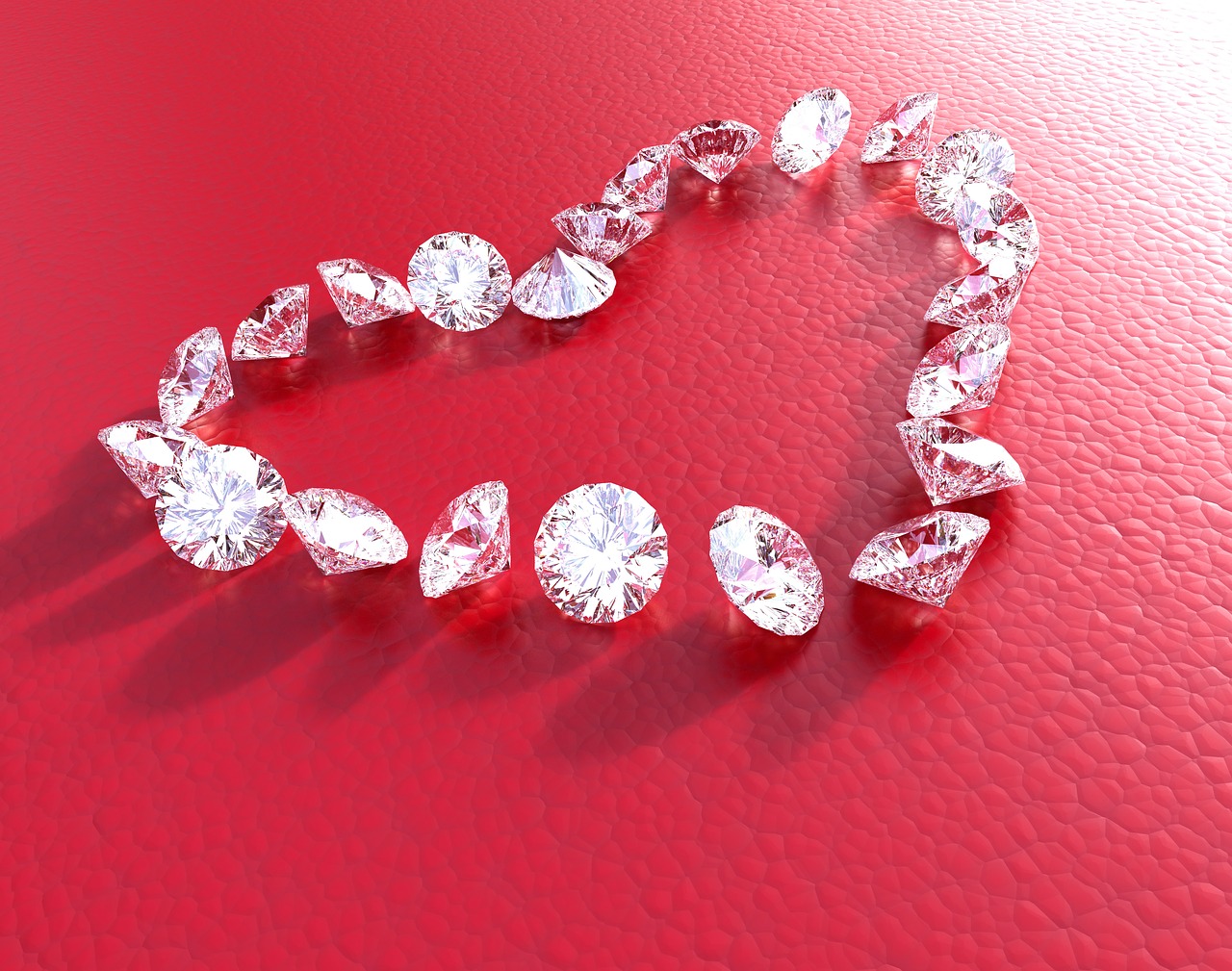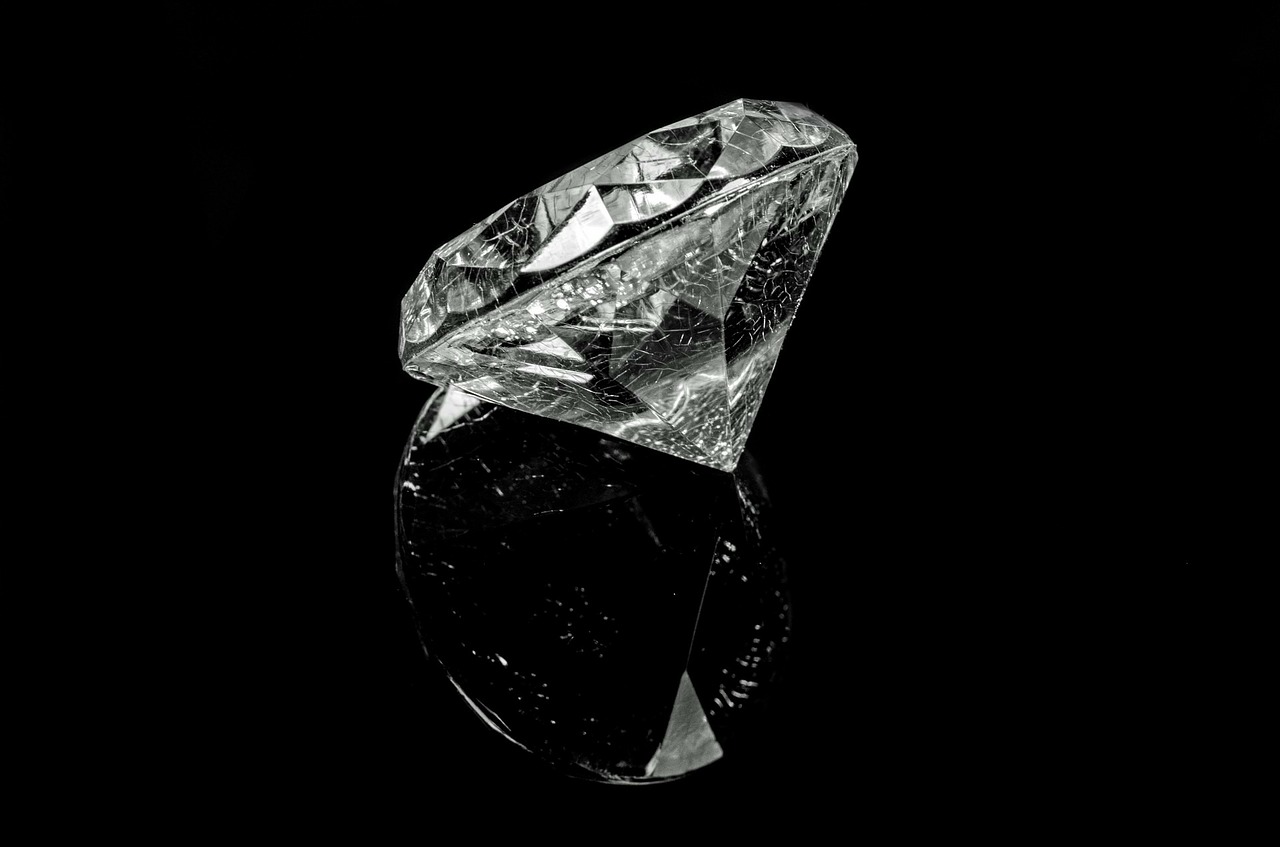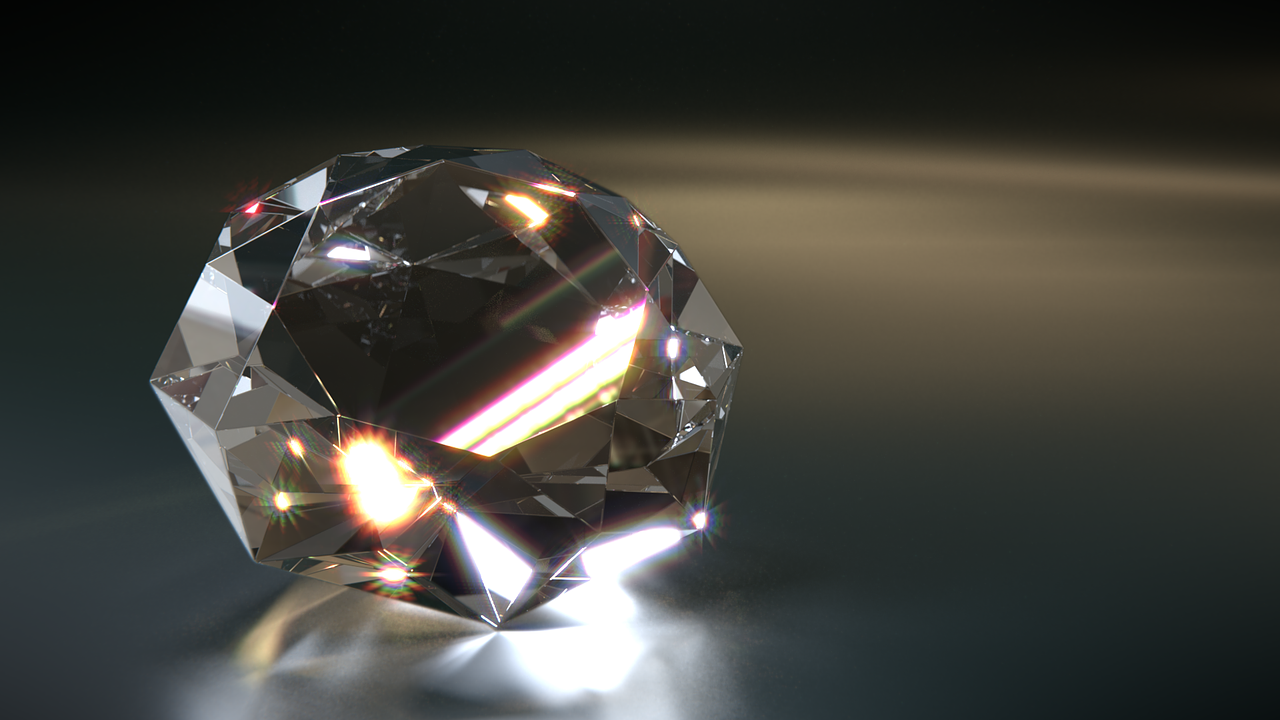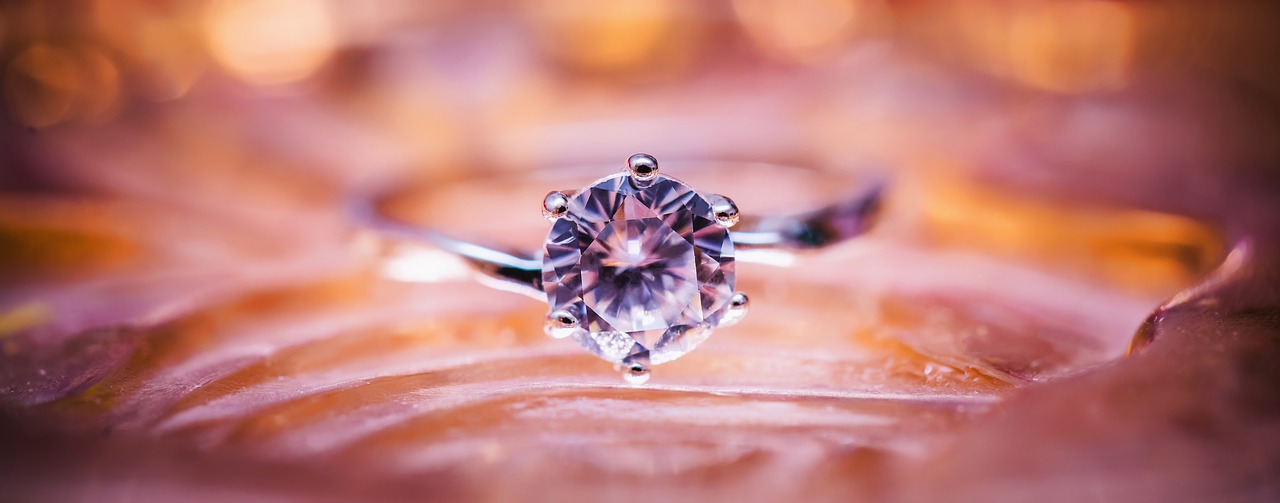Using the 4 C's of Diamonds to Buy a Ring
November 8th, 2017
Why You Need to Know The 4 C’s of Diamonds
Purchasing a diamond, or a piece of jewelry that features a central gorgeous diamond, is an exciting shopping experience. You’re selecting a truly special piece, one that will be a beautiful heirloom to cherish for a lifetime. However, before you embark on the process of picking out your next piece of diamond jewelry, it’s important to do a little research. What makes a diamond special is its sparkling, shining appearance—and that appearance is dependent on the 4 C’s of diamonds. Yet how familiar are you with those 4 C’s’
Every diamond is a unique rarity, one that’s crafted and shaped over decades by the earth itself. This means that, while no two diamonds are alike, some are rarer and more prized than others—and it’s the 4 C’s that determine how special a given diamond is. The 4 C’s were developed by GIA and are the international standard for noting a diamond’s worth. At Milanj Diamonds in King of Prussia, Pennsylvania, we educate customers on what you need to know to buy the best diamond you seek using the 4 C’s.
What the 4 C’s Represent
Designed to be unbiased and fair in its grading of diamonds, the GIA 4 C’s scale assesses a stone’s color, clarity, cut, and carats (or weight). Together, these four qualities equate to a diamond’s cost or value, rarity, and size.

Diamond Color: The Less Color, The Better
Although the phrase “color” implies that diamonds should have a specific shade, this first of the four C’s actually grades diamonds on how little color they have. The less color a diamond has—the clearer or more translucent it is—the more it is worth. The perfect diamond should have absolutely no color, appearing like an incredibly clear drop of water.

Diamond Cut: The Reflection of Light
What makes a diamond such a beautiful stone is its brilliance. The way a diamond captures light, reflects rainbows, and shines in waves of sparkling light are all assessed by the cut, or shape, of the diamond. Diamond experts assess the cut of a given stone by examining and measuring how well the facets, or the flat surfaces cut into the stone, capture light. The symmetry, polish, and proportions of the facets are all considered in this grade.

Diamond Clarity: A Lack of Flaws
Just like no two diamonds are never alike, no two diamonds feature the same “flaws” that come from their formation process. As a diamond forms from extreme heat and pressure, this natural process can create blemishes like scratches, streaked inclusions, and other imperfect marks on and inside of the stone. The fewer blemishes and imperfections present in a given gemstone, the higher it is valued and priced.

Diamond Carat: More Carats, Bigger Stone
You’ve most likely heard of diamond carats before—a one carat, two carat, or even bigger three carat stone are all commonly used numbers. The size of a diamond is measured in carats, or in how much the individual gemstone weighs. A carat is defined as 200 milligrams by the GIA, and these carats are measured very precisely. The more carats a diamond has, the larger the stone. Diamonds steadily increase in their price and their value the bigger they are and the heavier they weigh.
Visit Milanj Diamonds to Choose Your Perfect Diamond
Milanj Diamonds is truly the home of diamonds. Based in King of Prussia, Pennsylvania, Milanj specializes in offering diamonds of the utmost quality for customers seeking everything from individual gemstones to precious, high-quality pieces of jewelry. We want to help you find the diamond that meets every one of your expectations—and we use the 4 C’s to assess every stone we sell. To learn more and to shop with us, visit our local showroom, shop our online selection, or reach out via phone at 610-992-0707 or email at diamonds@milanjdiamonds.com